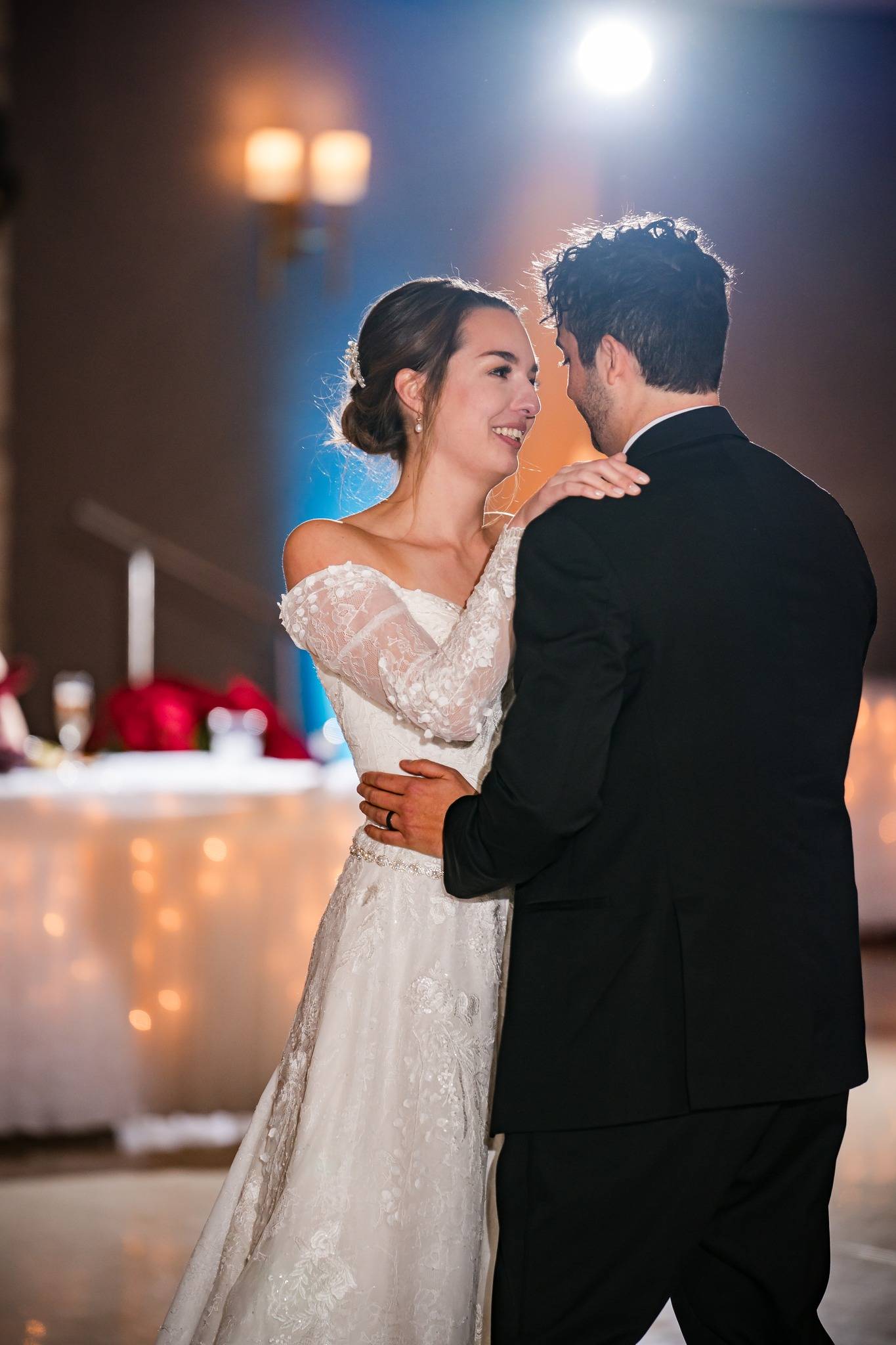Understanding Low-Light Wedding Photography
Low-light wedding photography can be challenging yet rewarding. Many couples choose indoor venues that create a cozy atmosphere. However, the lighting can be tricky. Understanding how to work with limited light is crucial for stunning images.
Indoor ceremonies often have romantic, dim lighting. This ambiance enhances emotion but can complicate photography. It’s essential to adapt your techniques and gear to ensure every moment is beautifully captured.
Gear Up for Success
Choosing the right equipment makes all the difference in low-light situations. Here are some recommendations:
– Fast Lenses: Select lenses with a wide aperture (f/1.8 or f/2.8). These allow more light to reach the sensor.
– Image Stabilization: Use lenses or cameras with stabilization features to reduce blur in low light.
– Tripod or Monopod: A sturdy support helps keep your camera steady during longer exposures.
– External Flash: Consider using an external flash diffuser for softer light that won’t wash out the scene.
Mastering Camera Settings
Knowing your camera settings is vital when dealing with low light. Adjust these settings for optimal results:
– ISO Settings: Increase the ISO to make your camera more sensitive to light without introducing too much noise.
– Aperture Priority Mode: Use this mode to control exposure effectively by adjusting aperture while letting the camera set shutter speed.
– Shutter Speed: Keep it fast enough (1/60 or faster) if you’re handholding the camera. If using a tripod, you can slow it down.
Embrace Natural Light Sources
Indoor venues may have unique natural light sources like candles, windows, or chandeliers. Utilize these elements creatively:
– Positioning: Place subjects near windows or candlelight for dramatic effects.
– Backlighting: Capture silhouettes by placing your subjects in front of bright light sources.
Composition Techniques
Good composition enhances storytelling in your photographs, especially in low-light scenarios:
– Rule of Thirds: Position key elements along gridlines for dynamic framing.
– Leading Lines: Use architectural features like aisle runners or beams of light as leading lines toward your subjects.
– Framing Elements: Incorporate doorways or arches into your shots for added depth and interest.
Focus on Emotional Moments
Weddings are about emotions and connections. Focus on capturing heartfelt moments such as:
– The couple’s first look
– Family reactions during vows
– Candids of guests enjoying themselves
Using a quiet shutter mode will help maintain intimacy without disrupting these moments.
Post-Wedding Editing Tips
Editing plays a significant role in enhancing low-light images captured during indoor ceremonies:
– Noise Reduction Tools: Utilize software features that reduce noise while preserving detail.
– Adjust Exposure and Contrast: Brighten shadows carefully while maintaining balance across highlights and mid-tones.
– Color Grading: Enhance warmth and mood through color grading techniques that align with the ceremony’s ambiance.
Ohio Venue Examples with Low-Light Potential
Ohio offers several beautiful venues perfect for low-light wedding photography:
The Franklin Park Conservatory in Columbus features lush greenery and warm lights, creating enchanting backdrops for stunning imagery.
The Woodward Opera House in Mount Vernon boasts historic architecture illuminated by soft sconces and chandeliers perfect for timeless captures.
The Castle at Marysville provides a fairy-tale setting filled with candlelit spaces that enhance romance through beautiful shadows and highlights.
Communicating with Couples
Before the big day, have open conversations with couples about their vision:
- Discuss specific moments they want captured.
- Share examples of past work featuring similar lighting conditions.
- Encourage them to choose venues where they feel comfortable under dim lighting.
Preparing Your Clients
Equip clients with knowledge about what to expect regarding their photos under indoor lighting conditions:
* Advise them on attire colors that photograph well under low light.
* Suggest they incorporate additional personal touches like candles or fairy lights for enhanced ambiance.
* Inform them about potential timelines based on available lighting throughout their ceremony.
Conclusion
Low-light wedding photography requires careful planning and execution but offers breathtaking results when done right. By choosing appropriate gear, mastering settings, utilizing natural light, focusing on emotional moments, editing thoughtfully, understanding local venue options, and communicating effectively with couples, photographers can create stunning images even in challenging conditions.
Are you ready to capture unforgettable memories at your indoor wedding? Book a consultation today!


